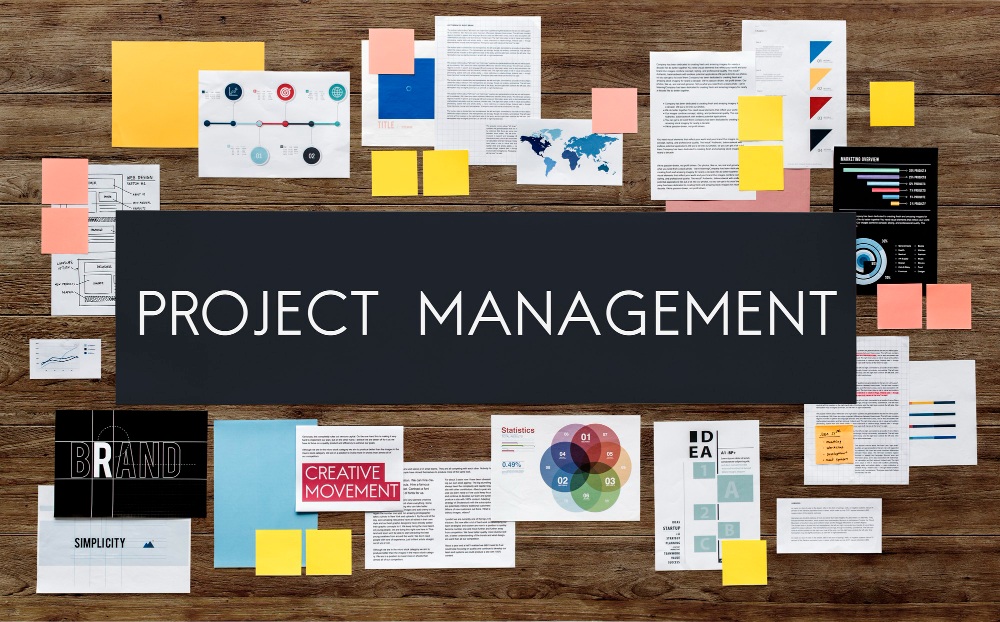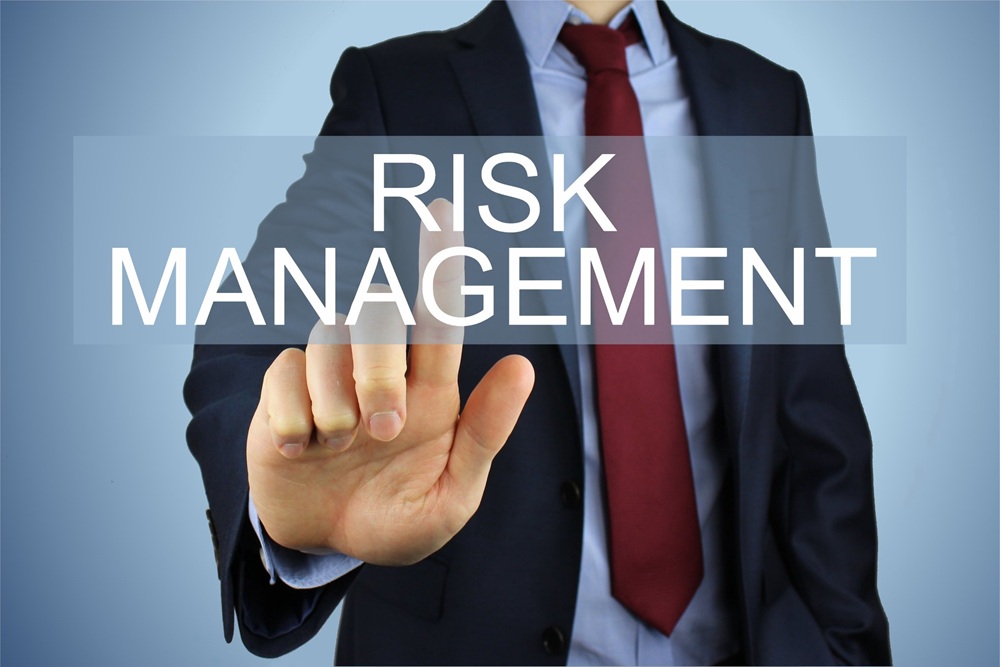Projects rarely fail because of poor ideas — they fail because of unmanaged risks. Every project, whether it’s a construction plan, IT implementation, or marketing campaign, faces uncertainties. Risk management provides a framework to identify, analyze, and control those uncertainties before they threaten timelines, budgets, or outcomes.
In 2025, effective project managers treat risk management not as a secondary task but as an essential part of every planning stage. According to the Project Management Institute (PMI), projects that actively apply risk management processes are 30–35% more likely to meet goals and budget targets than those that don’t.
What is Risk Management in Project Management?
Risk management in project management is the process of recognizing potential problems, analyzing their likelihood and impact, developing strategies to mitigate them, and continuously monitoring the project for new risks.
It’s an ongoing cycle that ensures projects stay aligned with their objectives despite internal or external disruptions. This process not only safeguards deliverables but also builds confidence among stakeholders and team members.
For better understanding of overall project flow, check our guide on End-to-End Project Management.
The Risk Management Process in 2025
While the core stages remain consistent, modern tools like AI-driven analytics, real-time dashboards, and cloud collaboration platforms have revolutionized how risks are tracked and controlled.

1. Identify Risks
This step involves listing all possible risks — from budget overruns to vendor delays or cybersecurity threats. Modern project tools now use predictive analytics to detect early warning signals automatically.
2. Analyze Risks
Each identified risk is evaluated for its probability and potential impact. This helps prioritize which threats require immediate attention. Factors such as project scope, resources, and timing influence this analysis.

3. Prioritize Risks
Risks are ranked by severity. Low-level issues may be handled by team leads, while high-impact risks are escalated to senior management for strategic mitigation.
4. Treat or Respond
Here, project leaders take proactive measures — revising schedules, adding contingency budgets, or implementing safeguards. In digital projects, this may involve enhanced cybersecurity controls or backup systems.
5. Monitor and Review

Continuous monitoring ensures emerging risks are spotted early. AI and IoT-based project management systems now enable real-time updates to dashboards for instant action.
Why Risk Management Is Essential in Project Management
Helps Evaluate Projects Objectively
Through structured analysis, risk management reveals potential weaknesses, dependencies, and improvement areas. This objective insight allows managers to refine project plans before execution begins.

Ensures Successful Project Completion
Projects that anticipate risks avoid mid-way crises. For instance, identifying potential supply issues early helps teams source alternatives without costly delays.
Maintains Budget and Resource Control
By forecasting disruptions, teams can plan accurate budgets with contingency reserves — minimizing cost overruns. This ensures that the project remains both financially and operationally sustainable.
Promotes a Proactive Mindset
Instead of reacting to problems, proactive project management encourages prevention. Teams stay prepared for possible obstacles, reducing panic and downtime.

Encourages Innovation and Opportunity Discovery
Risk evaluation often highlights new opportunities. For example, exploring alternatives to reduce risk can uncover better suppliers, efficient tools, or untapped markets.
Modern Trends in Project Risk Management (2024–2025)
- AI-Powered Risk Prediction: Artificial intelligence identifies hidden project risks using data from similar past projects.
- Enterprise Risk Integration: Project-level risk data is now tied to organization-wide risk dashboards for executive insight.
- Sustainability and ESG Risk: Environmental and social impact risks are now part of every major project’s evaluation.
- Cyber Risk Focus: With increased digitalization, data protection is now a fundamental risk control element in project planning.
- Resilience-Oriented Planning: Instead of aiming for perfection, projects now emphasize resilience — the ability to adapt and recover quickly.
These trends reflect how risk management has evolved into a strategic pillar of business success.
Challenges in Risk Management

- Underestimating dynamic risks such as technology failure or supply chain disruptions.
- Treating risk management as a “formality” rather than a continuous process.
- Communication gaps between teams and stakeholders.
- Limited budget for risk training and tools.
Addressing these requires leadership buy-in, proper training, and a culture that values prevention as much as execution.
FAQs
Why is risk management important in project management?
It helps identify, evaluate, and control uncertainties so that projects are completed on time, within budget, and with minimal disruption.
What are the main steps in the project risk management process?
The steps include identification, analysis, prioritization, treatment (mitigation), and continuous monitoring of risks.
How has risk management evolved in 2025?
AI, big data, and predictive analytics now allow managers to forecast risks before they occur and take preventive measures early.
What happens if a project doesn’t include risk management?
Projects without risk planning face delays, budget overruns, quality issues, or even complete failure due to unexpected disruptions.
Bottom Line
In 2025, risk management in project management is about anticipation, not reaction.
By integrating AI, real-time analysis, and collaborative tools, organizations can detect problems before they arise — saving time, money, and reputation.
Whether it’s a small project or a large enterprise initiative, risk management remains the foundation of reliable project delivery and stakeholder trust.

Daniel is a business writer focused on entrepreneurship, finance, and investment strategies. He shares practical insights to help professionals and business owners make informed decisions in a fast-changing market.
Leave a Reply